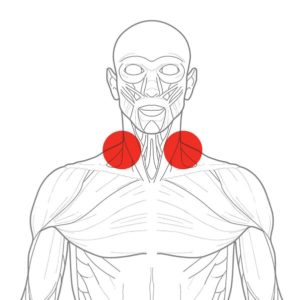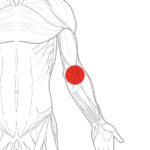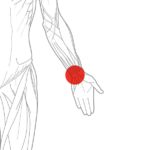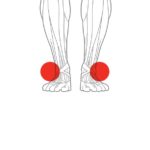Five Tips to Improve Your BJJ Fitness
Heather Raftery
If you love jiu-jitsu as much as the rest of us, longevity should be a priority. Here are 5 things you can do to improve your BJJ fitness.
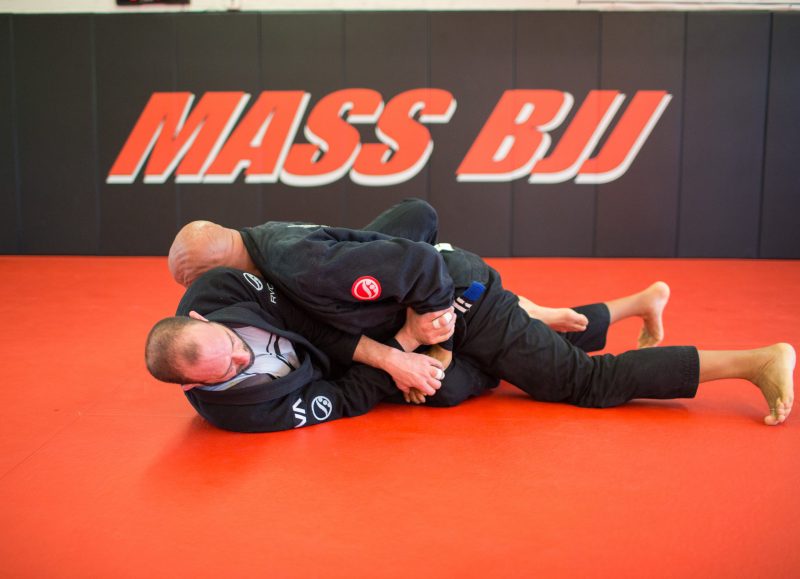
Five Things You Should be Doing to Improve Your BJJ Fitness
We all have goals in our jiu-jitsu careers. For some, it’s to compete and win a notable title. Others simply want to be able to call themselves a BJJ black belt one day. Most people just want to continue improving, each and every day, and have fun doing so. For everyone – regardless of age, gender or whether you’re a competitor or a hobbyist – the most important goal should be to increase your longevity on the mat. Because simply put, if you can’t roll, you can’t achieve any other BJJ goal you’re pursuing.
So how do you increase your longevity in jiu jitsu? By improving your BJJ fitness and reducing your risk of injury.
In jiu-jitsu, we often put our bodies into unpredictable, compromising situations. So, the risk for injury is always present, despite our best efforts. Besides “tap early, and tap often,” there are more constructive ways to help prevent most BJJ related injuries, and promote greater longevity on the mat… so you can continue doing what you love, long into old age.
Here are the five things you should be doing to increase your BJJ fitness and longevity…
1. Consistent and Safe Training
Training consistently, and safely, is the best way to promote longevity. In jiu-jitsu, we often must make split-second decisions. For example, if your partner goes for a double leg takedown, you must break your fall correctly. If your don’t, you risk injuring your wrist, elbow, or head. Or if your partner tries a double under stack pass, you have to roll over your shoulder. If you don’t, you might roll straight over your head and strain your neck or back. Certainly, if you’re not training consistently enough, your reaction times won’t be as quick, and you put yourself at risk of injury by moving incorrectly.
You should also be wise about your training partners. Pick those who will challenge you, yet are still safe enough to train with. It doesn’t make sense for a smaller practitioner to train with a giant white belt, no matter what color his/her belt is.
2. Individualized Prehab Programming
It doesn’t matter how consistent and careful you are if your body can’t move the way it should. Maybe your flexibility is extremely limited, or you lack sufficient mobility in certain joints. Maybe the strength of the musculoskeletal connections in your shoulders or knees had already been compromised by an earlier injury. Even if it since healed, maybe it never fully recovered. Or just general age, and the wear and tear of your everyday life, has weakened them.
Whatever the case, these will significantly increase your risk for a BJJ injury. Get an individualized prehab regimen that will specifically address these issues in a way that is most functionally impactful for BJJ fitness and training. A BJJ fitness regimen like what BJJ Prehab offers will provide you exercises to strengthen the muscles and joints, increase flexibility, and improve range of motion and motor control. This helps the body to be better equipped to handle the stress, pressure, or impacts to the body that might otherwise cause an injury.
3. Supplemental Strength Training
Your prehab routines may incorporate some strength training exercises. But you might also consider adding a supplemental strength training regimen to your weekly schedule. A typical strength training program is designed principally to make you stronger, targeting the major (and sometimes minor) muscle groups. In jiu-jitsu, we emphasize the ability for proper technique to overcome brute strength. But when it comes down to it, the stronger you are, the better you’re able to execute the techniques, or defend against them.
This is especially the case with when you’re training with someone larger than you, or even someone of similar belt rank (given equal technical ability, strength really does matter). The stronger you are physically, the better able you’ll be in keeping yourself out of compromising situations, or at least keeping your body in a safe posture or position if you are getting smashed. Plain and simple: being stonger will improve your functional BJJ fitness level.
4. High Intensity Interval Training (HIIT)
Jiu-jitsu is highly dynamic. Depending on who you’re rolling with and how hard you both are going, it can get pretty intense, fast. The last thing you want is to gas out in the middle of the match. Not only will that increase your likelihood of losing to your opponent, but your reaction time slows and your body isn’t able to move efficiently. You’re thereby increasing your risk of injury.
High Intensity Interval Training (HIIT) workouts are great for improving overall BJJ fitness. They involve doing certain exercises at a hard pace for a relatively short period of time, followed by a period of rest, over several rounds. These aerobic-style workouts not only increase your cardio and your body’s ability to recover during rest, but they also do a pretty good job of mimicking the fluctuating pace of a typical jiu-jitsu match. The better able you are to keep up when the match becomes intense, and rest efficiently when it slows, the lower your risk of injury.
5. Proper Diet
Finally, proper diet also plays a role in your ability to avoid injury and roll longer. Think about if you put the wrong fuel in your car’s engine. It probably won’t run very well, if at all. You must think of your body as a machine that requires the proper fuel to perform effectively and efficiently during a jiu-jitsu match. This applies to your long-term nutrition and weight goals, as well as what you eat immediately before training.
The more balanced your nutrition is, the better your body is able to move, function, perform, and recover. This is all very important for keeping you injury-free on the mats. Additionally, try to avoid that greasy double cheeseburger with fries just before training. Forcing your body to deal with a burgeoning gastrointestinal issue, while simultaneously asking it to go to battle on the mat, will not end well generally by (for you or your training partners! You ). And it very well could put you at risk of injury in the heat of the moment.
Regardless of your individual goals, if you love jiu-jitsu as much as the rest of us, improving your longevity and overall BJJ fitness level — should be a tot priority. Consistent training, a solid prehab regimen, a supplemental strength training and HIIT program and proper diet will all help you to stay on the mat, longer and in better health.
Heather Raftery is an Atos black belt, freelance writer and social scientist (BA in Journalism and Anthropology, MA in International Studies). She has written for FloGrappling, Jiu Jitsu Magazine, Fighters Market and BJJ Prehab.


